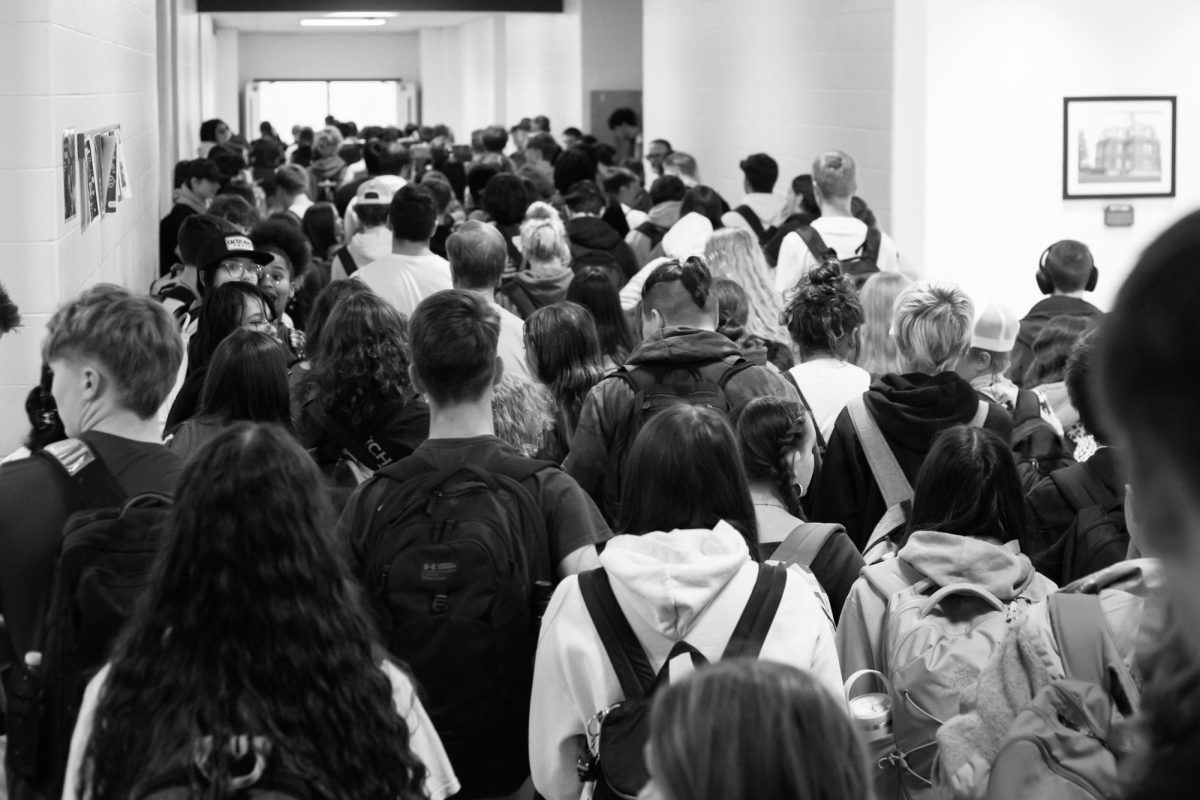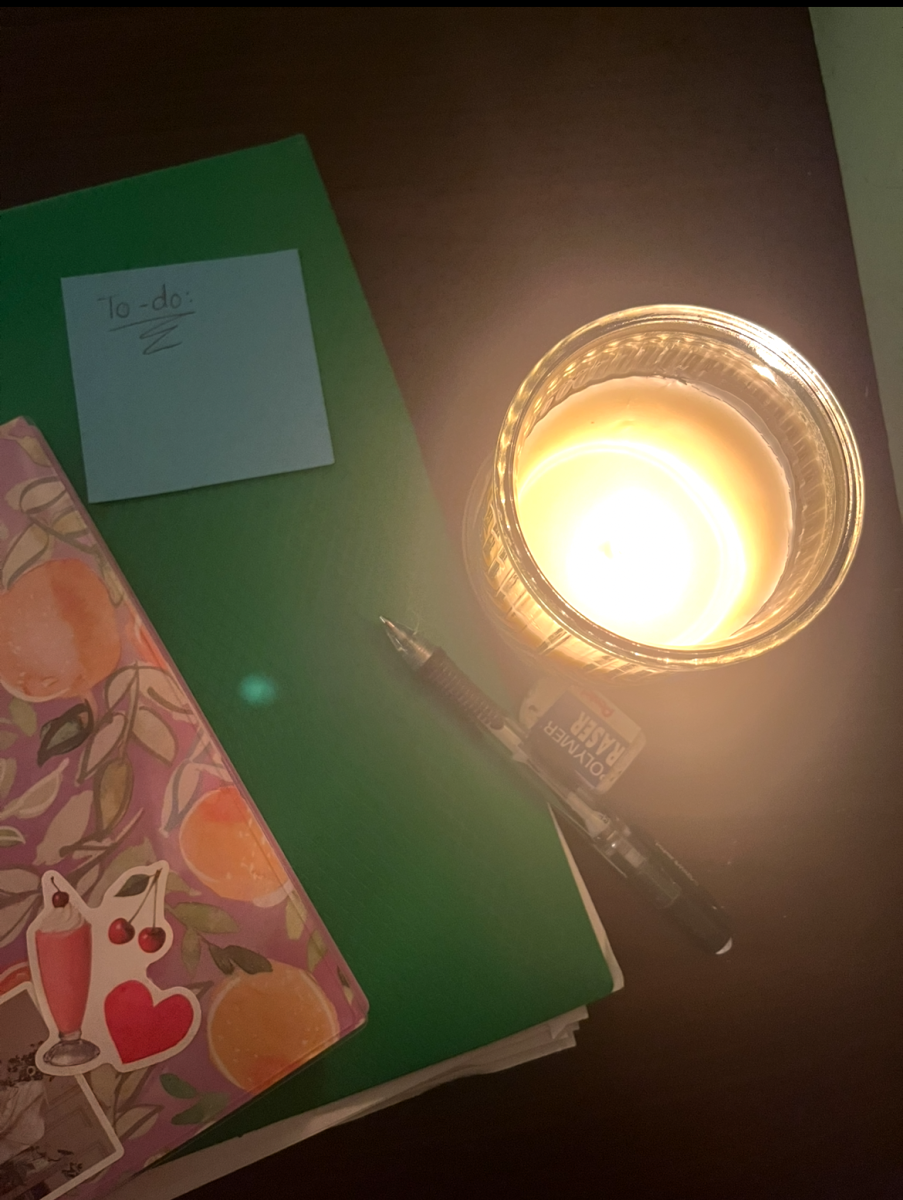Trendy water bottles like Stanleys, or cool clothes like Lululemon and Nike, are everywhere you look. Why do people spend nearly 150 dollars on a pair of shorts and a sweatshirt from these brands? Is the color orange out? Are skinny jeans cute again because TikTok influencer Alix Earl wore them? All these questions are based on what others opinions are, questions that rely on answers from the people whose opinions we care about the most. Scrunchies are now classified as “so 2020,” and some people claim they will never be caught in low rise jeans again. Gen Z has claimed the middle hair part, and it seems everybody has the new Converse high tops or Adidas shoes. All these things are just trends, a fix that will pass and be replaced with a new one.
When you search the definition of “trend,” google spits out that a trend is “a general direction in which something is developing or changing.” Whatever is popular, or the thing that you are yearning to get so maybe people will like you more, is an internal pull to try to fit in with your peers. These pulls drag you from trend to trend, some that are easily resistable, some not so much. But why do we feel the urge to bandwagon and buy the trendy Starbucks order or the wide leg jeans that are all over TikTok?
Following trends is not a bad thing, or something to feel ashamed of. In her article, “Why do we blindly follow trends—even when they’re bad for us?” National Geographic science writer Erin Blakemore interviewed psychologist Pamela B. Rutledge, who specializes in the psychological science behind media and technology. Rutledge believes that taking part in popular movements or trends has a deeper meaning. According to Rutledge,“Social connection is a really primary motivation. In fact, it was necessary for our survival back in the day; we are very much driven to be tribal.”
Our very instinct is to fit in with our tribe, which nowadays is our friend group and social circle. When we see something a person we admire or like has, the pull we feel to mirror them is just a way for us to feel a social connection. Even though trends have been around forever, they are a bit different now with the inventions of social media and the internet.
In current times, we may see with every scroll or click the newest Carhartt jacket or the next best shoe organizer. It’s hard for someone with social media to resist the impulses to buy a trendy item.
No one is susceptible to influences and the effect we receive from them, but one should be able to know the difference between something that they may truly want to achieve/acquire and something that they only want to obtain in order to fit in. According to Rutledge,“You have to figure out how to make your way in the world…and in order to do that, you have to figure out who you are…[And popularity] doesn’t really matter, even though it feels like it does.” It may seem naive to just try to fit in with the crowd, but as Rutledge points out, sometimes these actions are not up to the conscious self but are hardwired social motivators. People subconsciously follow trends or actions they pick up from the media, or their peers, to strengthen their social appeal.
Following trends is not bad, and buying the newest game you see your favorite TikToker advertise is not wrong. It’s inevitable to be influenced by things we interact with such as our peers and idols. Hopping on a popular bandwagon, and even using a funny saying your friends always use, are just merely souvenirs from the people you meet and the stops you make as you are along for the ride.










